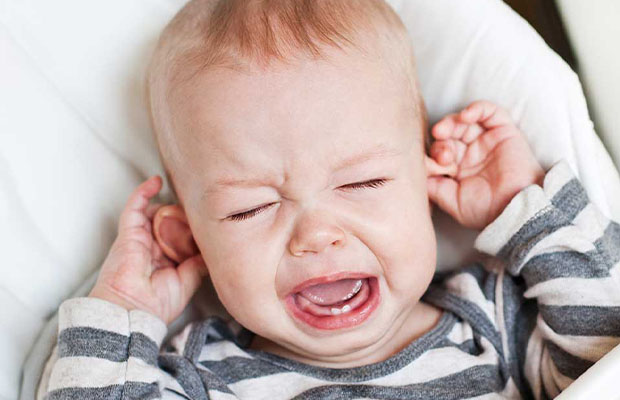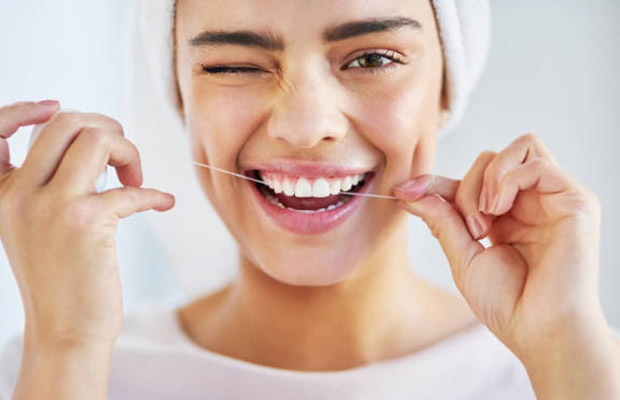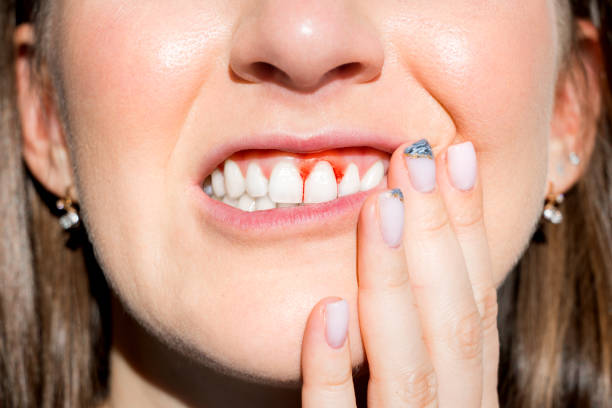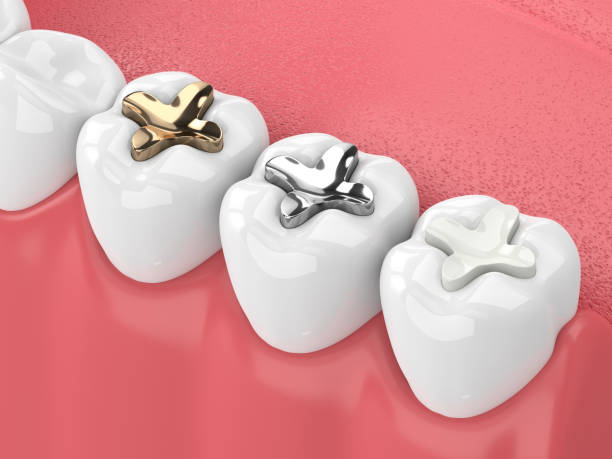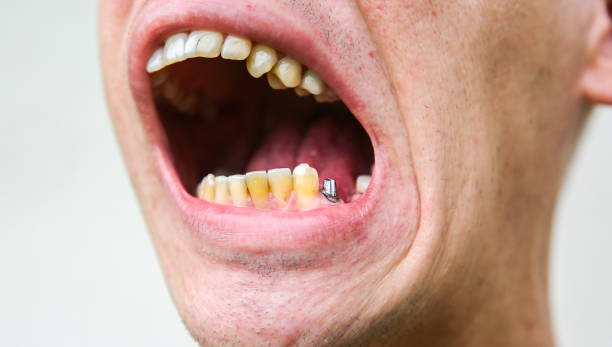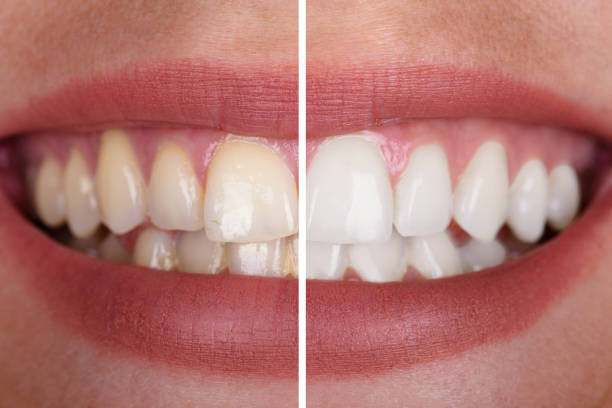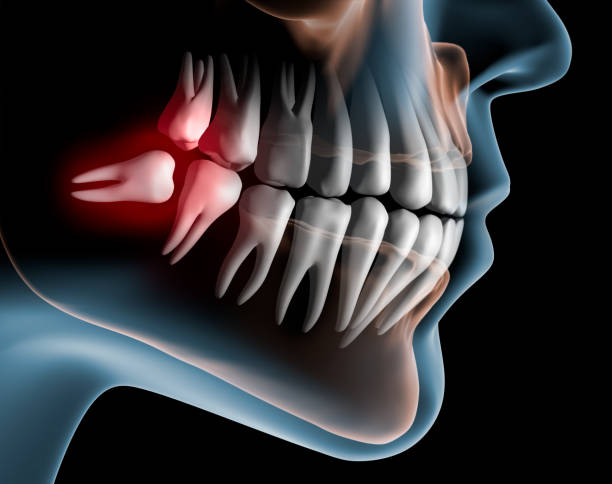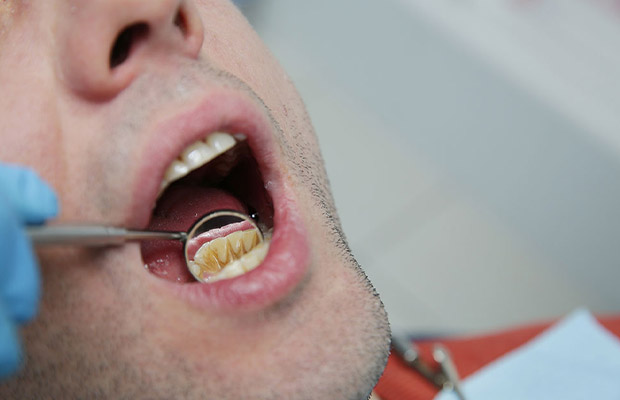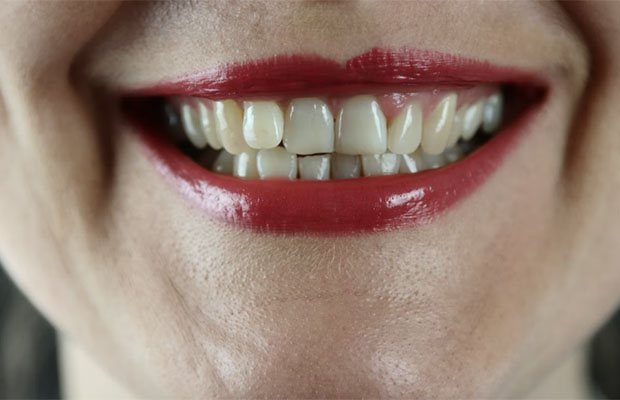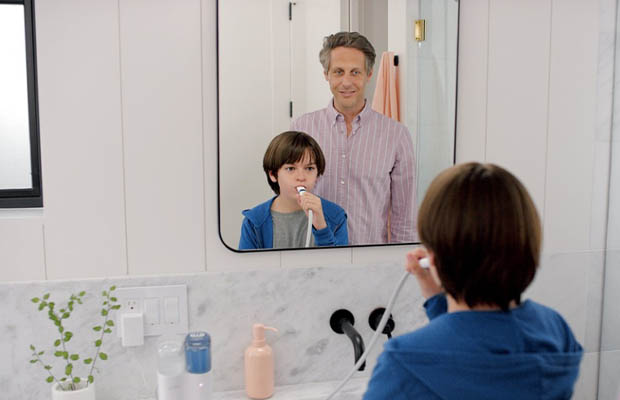The majority of us are aware that toothbrushes aren’t designed to last forever. But it can be challenging to tell when our cherished bristles are approaching the end of their natural lifespan.
Replace old shoes and faded clothing when the time is right. But how often should your toothbrush be changed? We are going to explain in detail for this topic. Let’s start!
Table of Contents
Types of Toothbrushes
Electric and manual toothbrushes are the two types to think about. Pick an approach that makes you feel relaxed and motivated to brush your teeth frequently. A manual toothbrush is easily transportable and available whenever you need it. You have full control over the pressure it applies to your teeth and gums, and it is completely silent.
When traveling, carrying an electric toothbrush is a little more difficult because it needs to be charged. However, cleaning in between teeth and along the gum line is made simpler by the bristles’ rotating motion. To ensure you brush for the recommended amount of time and without applying too much pressure, many electric toothbrushes have sensors built into the brush head.
How Often Should You Change Your Toothbrush?
The bacteria that cause bad breath, tooth decay, and gum disease are all combatted by your toothbrush as your first line of defense.
For navigating the tighter spaces in your mouth, straight bristles and a tidy, comfortable handle work best. Old food and bacteria that can build up around the bases of your teeth can be removed successfully with a soft bristle brush.
If you follow the standard recommendation of brushing your teeth for 2 minutes twice per day, you’re already taking steps to protect your teeth from cavities.
You can take an additional step to be proactive about preventing tooth decay by brushing your teeth after a sugary snack and after every meal.
For a manual toothbrush, brushing twice or more a day is still considered standard. The bristles in your brush will start to fall out and become twisted or mangled after about three months of use if you continue using it at this rate.
The Centers for Disease Prevention and Control (CDC) also advise replacing your toothbrush every 3 to 4 months or whenever it appears to be getting worn out.
Your toothbrush is about to be thrown out once the bristles start to lose their stiffness. Your toothbrush rapidly becomes less effective without bristles that remove food and plaque.
When Should An Electric Toothbrush Head Be Replaced?
Electric toothbrush heads quickly rotate or vibrate to clean the surface of your teeth. The nylon bristles on these toothbrush heads can become worn with repeated use. Additionally, those bristles are shorter, which could cause them to fray more quickly.
The toothbrush head on your electric toothbrush should be replaced every 12 weeks or even sooner. When a brush head needs to be replaced, look for signs of deterioration on the bristles.
Other Reasons to Change Your Toothbrush
It’s a good idea to get new toothbrushes for everyone in your household if you or a member of your family has recently been sick.
Viral and bacterial infections such as strep throat are of particular concern and are a good reason to switch your old toothbrush for a new one.
Children may mash on a toothbrush head or gnaw on the handle, so you might want to replace their toothbrushes more frequently than every three months.
Make sure your child is brushing their teeth only on their teeth by keeping an eye on them to make sure the brush head isn’t coming into contact with anything else.
Get rid of your toothbrush if someone else accidentally uses it. Since everyone has different bacteria in their mouths than you do, it is better to be safe than sorry.
Risk for Using A Toothbrush Beyond Its Recommended Lifespan
When you use your toothbrush, the nylon bristles are continually in contact with water and the chemicals in your toothpaste. Each time they are used, the bristles become a little weaker because of this. A process is known as “bristle flaring” occurs when the bristles bend and twist into a new shape.”
A 2013 study showed that after 40 days of consistent use, bristle flaring starts to make your toothbrush less effective. Participants in the study who didn’t switch out their toothbrushes after 40 days of use developed significantly more plaque.
At least two earlier studies on worn toothbrush heads confirmed that older toothbrushes are much less efficient at removing plaque, which is the cause of gum disease and tooth decay.
How to Clean Your Toothbrush?
You must properly clean and maintain your toothbrush to ensure that it continues to remove plaque and bacteria from your teeth. Both manual and powered toothbrushes can harbor germs if not kept clean and stored correctly.
On toothbrushes, a colossal number of bacteria can live, including fecal coliform. However, the ADA has noted that there is no proof that these bacteria have harmful effects on health. But even so, the ADA advises thoroughly washing the brush under running water after each use to get rid of any toothpaste or saliva that might still be on it and promote the growth of undesirable bacteria.²
The ADA advises careful rinsing after each use in addition to never sharing a toothbrush, even with immediate family. A toothbrush should only be used by one person from the time you take it out of the package until you throw it away.
Sharing a toothbrush can result in the spread of bacteria found in saliva between users. The other users could contract viruses or herpes through this fluid exchange.
Along with keeping it private and rinsing it thoroughly after each use, properly storing your toothbrush is essential. The ADA advises keeping a toothbrush upright (vertically, bristles facing up). The bristles can air dry as a result of use. Many bacteria types that require a moist environment to survive are destroyed after being air dried for several hours.
A toothbrush can become infected and grow bacteria if it is kept in a closed container, such as a plastic cap. A moist toothbrush kept in a closed container encourages the growth of bacteria, whereas a moist toothbrush left out in the open to dry reduces the number of bacteria on the bristles.
While the American Dental Association (ADA) assures us that using a toothbrush with some residual bacteria has no negative effects on our health, some patients might want to sanitize their toothbrushes for their own peace of mind.
The amount of bacteria is drastically (85%) reduced by soaking the bristles in a mouthwash that contains alcohol or a solution of 3% hydrogen peroxide. Avoid using a dishwasher or microwave to heat up your toothbrush because the heat could melt the bristles and handle.
The Bottom Line
An essential piece of dental hygiene equipment is your toothbrush. Use only your own toothbrush, store it upright, and let it air dry to prolong the life of your toothbrush.
Friends, we’ve talked about this before, but it bears repeating: If your toothbrush’s bristles have taken too much abuse, they won’t clean your teeth as effectively and may even harm your gums. Furthermore, bacterial growth on an old toothbrush raises your risk of gum disease and even puts you at risk for illness. In other words, it’s best to avoid taking any chances if you believe your toothbrush has seen better days.

